Finding a saltmarsh sparrow in a salt marsh is a bit like finding a needle in a haystack. Except in this case, the needle is secretive, perfectly camouflaged, and can fly away if you get too close.
Saltmarsh sparrows and a similar species, seaside sparrows, are tidal marsh obligates, meaning that they spend their entire lives in tidal marsh ecosystems. These salt marshes filter nutrients and reduce the impact of coastal storms by absorbing wave energy. They act as buffers for our coastlines and provide habitat for both aquatic and avian species.
Research has found that sea-level rise and habitat loss across the expansive marsh habitat of coastal North Carolina imperils marsh species, meaning that both populations of saltmarsh and seaside sparrows are at risk.
Marae Lindquist West, a Ph.D. Candidate at the University of Wilmington, is studying the effects of sea-level rise on five sites across eastern to southeastern North Carolina: Rachel Carson Reserve, Hammocks Beach State Park, Masonboro Island, Bald Head State Natural Area, and Bird Island.
Under the direction of Raymond Danner, West is modeling habitat changes at low, moderate, and high levels of sea-level rise through the year 2060. By gathering data about tides, elevation, and sea-level rise, her models can predict what will happen to tidal marsh habitat in the future, and how that might affect the numbers of saltmarsh and seaside sparrows.
That information will help the U.S. Fish and Wildlife Service decide if the saltmarsh sparrow should be listed as endangered or threatened.
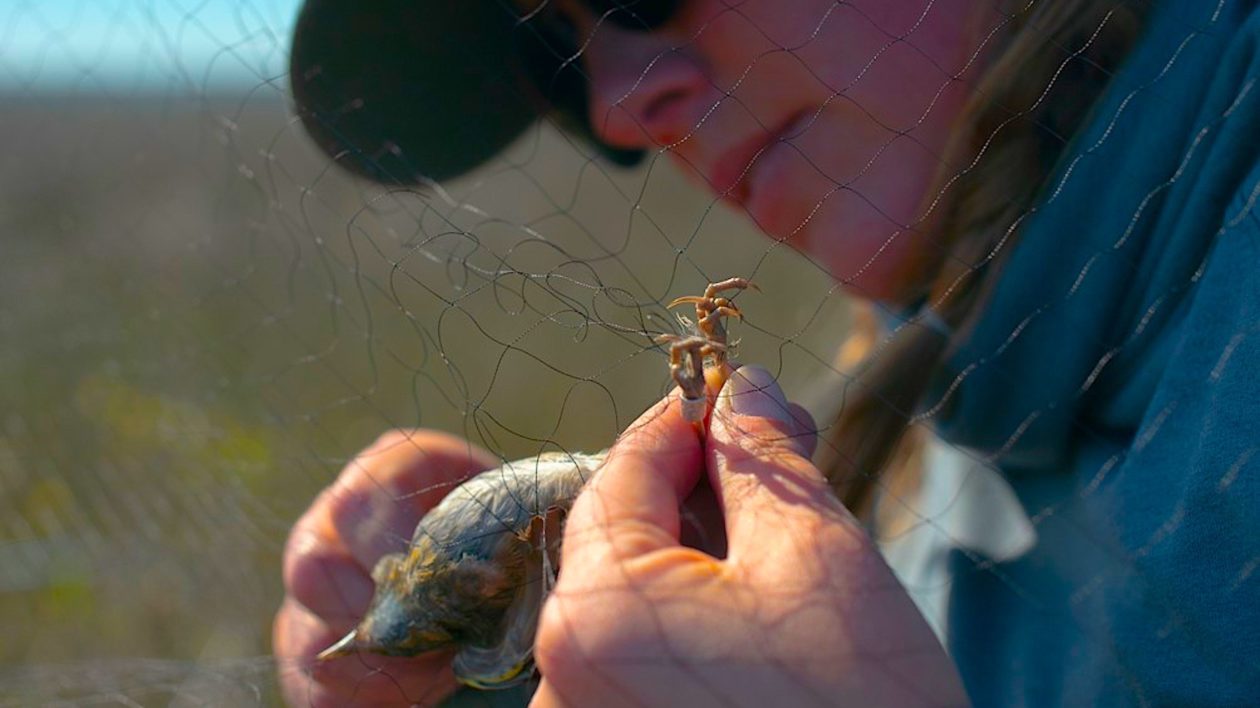
Who are the Saltmarsh and Seaside Sparrow?
The saltmarsh sparrow lives along the East Coast of North America. They are a medium-sized sparrow with fairly large bills, and are very difficult to find because their coloration matches the grass and the marsh: orange, brown, and tan. Saltmarsh sparrow populations have declined by 9% annually since 1998 due to climate change as well as other human-influenced impacts.
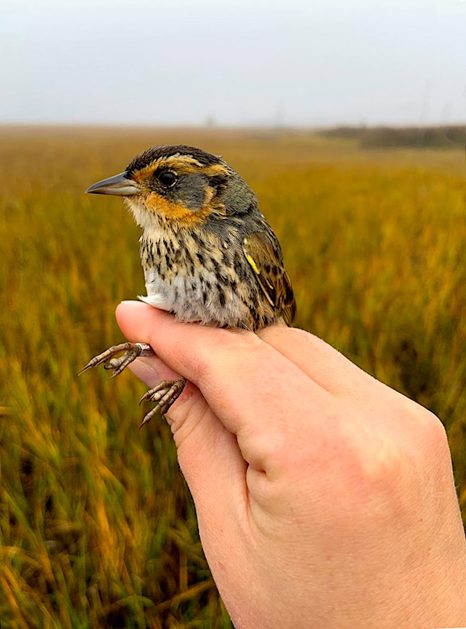
The seaside sparrow lives in tidal marshes along the Atlantic Coast of North America and the Gulf of Mexico. Like the saltmarsh sparrow, they’re perfectly camouflaged for their environment. Some seaside sparrows are migratory, while others are year-around residents. Seaside sparrows are also an indicator species, and in this case, serve as a tool for indicating the health or degradation of coastal marshes.
Both species spend most of their time on the ground, foraging at low tide under the cover of cordgrass found in coastal saltmarshes. When the tide rises, the sparrows will recede into higher marsh habitat.
“These birds are really secretive,” says West in an interview with PBS’s Sci NC. “It’s winter and they’re not responding to callbacks or anything like that, so we have to kind of push them into our nets.”
West and her team actively flush the birds into the nets, extract them, and take body measurements. The team also attaches radio tags to a subset of sparrows in order to track their movements through the marsh, gathering data to help understand the sparrow’s territory and habitat use, as well as to determine the overall population density of the species.
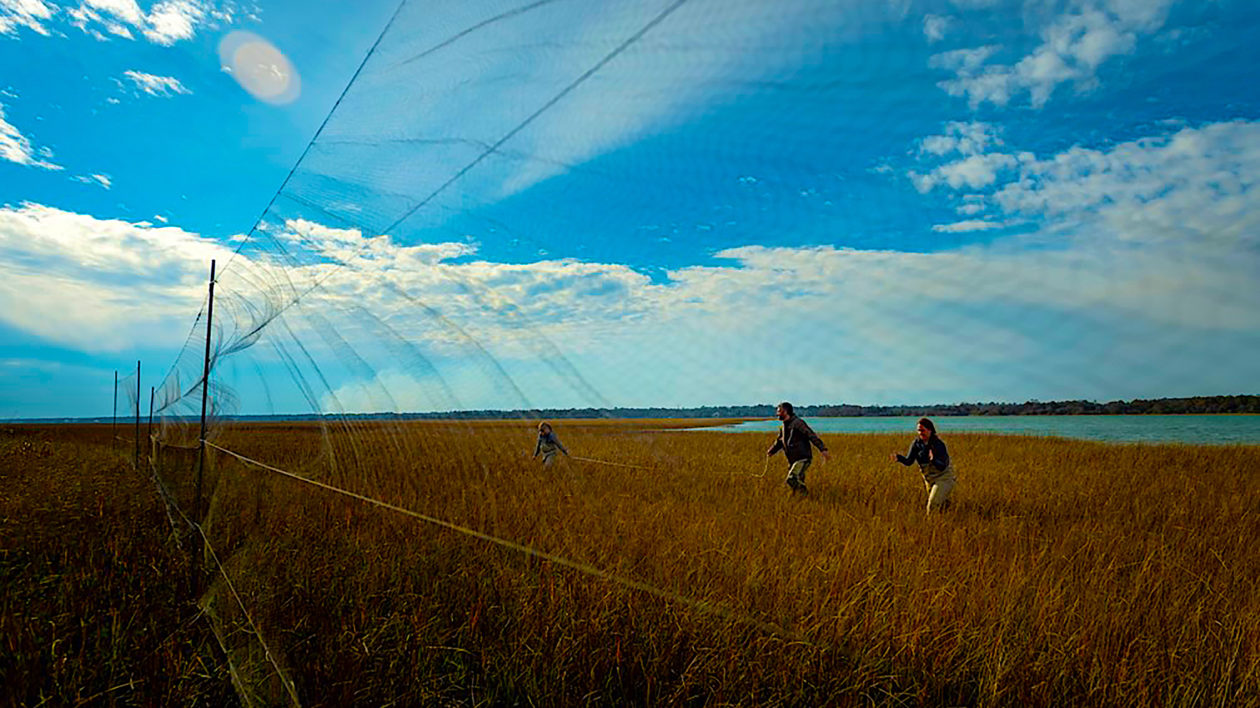
Climate Change and Marshes
The saltmarsh sparrow could soon be an endangered species. These birds rely on coastal marsh ecosystems to thrive, and spend their winters in North Carolina’s salt marshes, the same marshes that humans depend on as a buffer against the sea. However, marshes across the eastern seaboard are disappearing; the population decline of these sparrows is an indicator of their disappearing habitat, as marshes continue to push up against urban development by sea-level rise.
But saltmarshes aren’t just a home for sparrows. They do many important things on the coast.
“So many things: food, carbon sinks, storm protection, flooding protection,” says Evan Buckland, West’s research partner. “[Saltmarshes] do everything.”
Aside from the avian species that marshes support, plants depend on certain conditions of the marsh as well. These plants have adapted to thrive in soggy, salty conditions. In addition, the elevation of the marsh is relevant to what plants grow where; certain plant species are more tolerant to mitigation and saltwater.
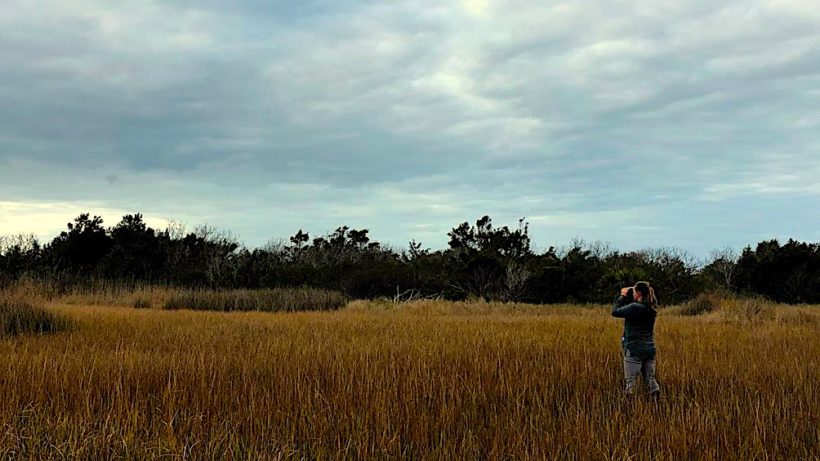
Modeling the Future
Researchers continue to collect data in order to figure out how rising sea levels will continue to impact marshes. Marshes can usually adapt to sea-level rise by moving inland to higher ground.
But today, there is nowhere for them to go.
“We’re hardening our coastlines, shortening our marshes, and seeing a lot of coastal squeeze,” explains West. “There’s a lot of population growth around the coast, so those trends are not looking to turn in the opposite direction. We needed to plan ahead for these things for both human infrastructure and also ecosystem services to be able to migrate inland, and right now we’re not doing that.”
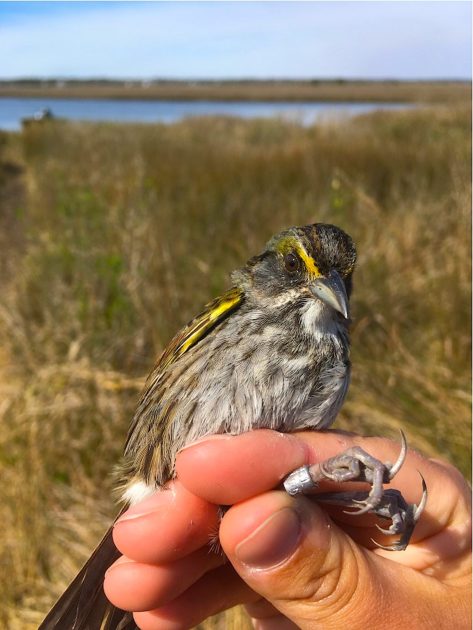
By running sea-level rise models using existing spatial data from NOAA and habitat data from the U.S. Fish and Wildlife Service’s National Wetland Inventory, West and her team can predict the future populations of saltmarsh and seaside sparrows.
“For populations at both study sites, our models show that without marsh mitigation, winter habitat will decrease a lot by 2060.”
West plans to re-run all of her sea-level rise configured models with added parameters and higher resolution data. These models, in turn, will provide a framework to address and conserve other species of concern.
Protection is Key
Sea level rise is accelerating, and modeling can help researchers see what sites will be most impacted and can hopefully help target where specific management strategies need to be implemented.
As for the saltmarsh sparrow, there is a delay in listing them as endangered species until 2023. West’s data will be key, because scientists need as much information about their status as possible to inform this potential listing.
“If we see where certain huge portions of the marshland that they depend on during the winter are disappearing, then we have to decide: ‘Where are those marshes going to go? Where do you put your resources? Do you put it in buying land? Do you try to conserve the marsh by building it up some more?’ These are the kind of questions we are trying to help managers answer and make decisions for.”
West would like to acknowledge the NOAA Margaret A. Davidson Fellowship and the North Carolina Sea Grant and N.C. Sentinel Site Cooperative Joint Fellowship for sponsoring her research.
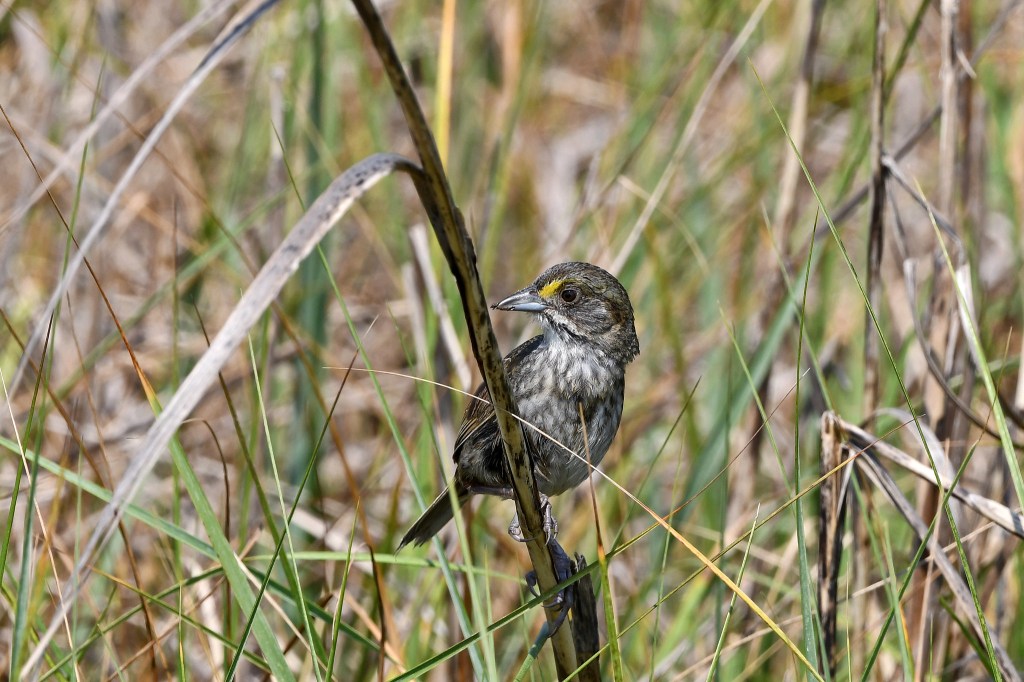



Join the Discussion
1 comment